Vets, pet sitters, dog walkers and pet groomers make up an all-star team when it comes to pet safety. Through vigilance and professionalism you can assist pet owners to keep their companion animals safe.
Every pet professional has an important role to play when it comes to keeping clients’ animals safe. As well as keeping an eye out for signs of illness or disease, you can help educate pet owners on the key factors of pet safety.
Pet safety tips for veterinarians
Vets are trusted professionals who are expected to always act in the best interest of any animal in their care. This means being alert to pet health concerns, but also being on the look out for potential risks inside the clinic.
As such, it’s vital to always be mindful of and clear up potential medical hazards, such as sharps and unused medicines.
Make a habit of regularly inspecting your clinic for safety issues. Broken steps, slippery floors and poor lighting can result in accidents (for both humans and animals), so make sure you carry out regular checks to assess the safety of your environment.
Make sure all equipment is in proper working order and also check for structural damage.
There’s no better person thana vet to promote the importance of keeping pets vaccinated. This is paramount for pet safety. Make certain that your clients understand why they need to have their pets vaccinated and be sure to follow up if vaccinations are missed.
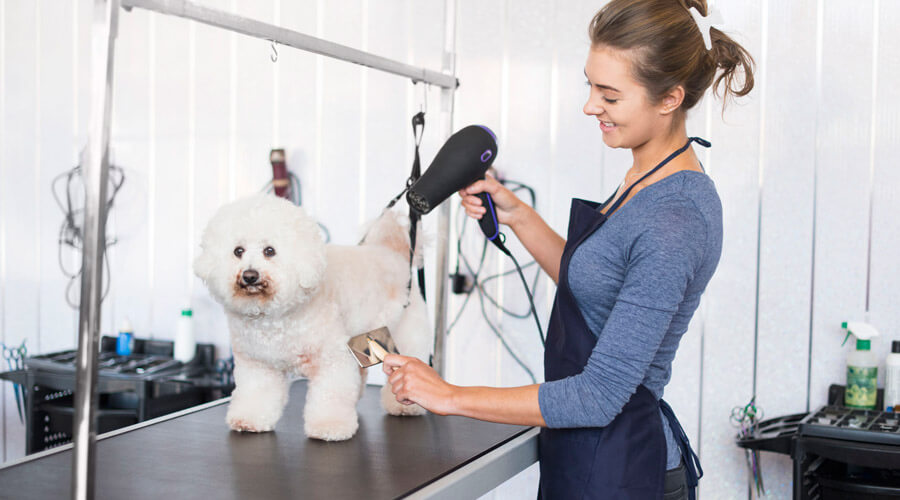
Source: Balance Careers
Pet safety tips for pet groomers
There’s no denying that clipping and trimming animals has the potential for disaster. There’s the very real risk of nicks and cuts so, when it comes to pet safety, make sure you have a few precautions in place.
Restrain animals to avoid slips, falls and accidents. We’ve all heard a horror story about a dog falling off the grooming bench and breaking its leg, but this type of accident (and a potential lawsuit) can be avoided.
As a pet groomer, you’re used to dealing with animals regularly. However, this can lead to complacency. No matter how long you’ve been in the pet business, always remain cautious when working with pets.
Remember the importance of talking softy and calmly, so as not to alert or startle the animal. Always approach slowly and avoid sudden movements. This will help lessen the risk of injury to both you and the animal.
Ensure your equipment, like dryers for example, are regularly checked to avoid electrical or temperature issues. Also, make sure that any shampoos and soaps are free from harsh ingredients that could cause a skin allergy or sensitivity.
Always be on the look out for any signs of discomfort or anxiety in pets.
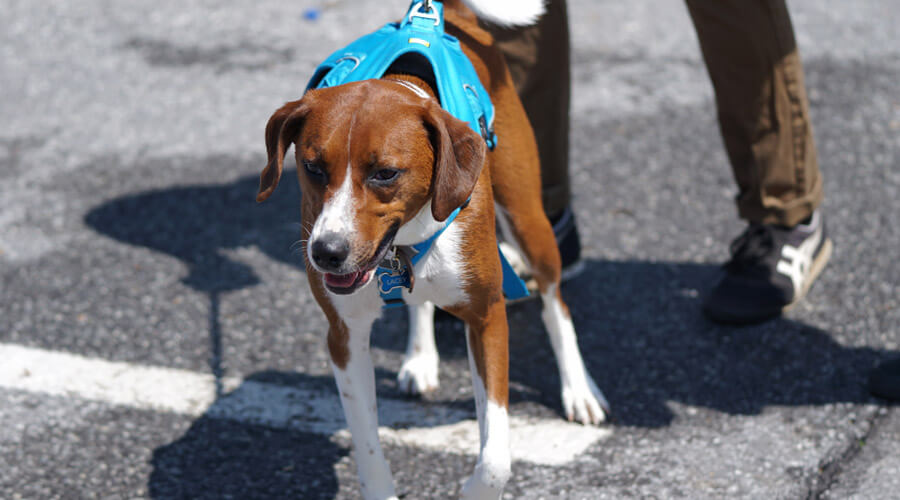
Pet safety tips for dog walkers
Dog walking alone is an important part of pet safety. Regular exercise helps promote strong bones and muscles, maintain a healthy weight and will help get rid of any pent up energy the dog might have. This should encourage calmer behaviour, with less chance of an accident as a result of an outburst of built-up energy.
To promote pet safety, check your gear. Whether you’re using your client’s or your own leash, collars or harnesses, always assess the quality and condition of the items to ensure they’re safe to use and fit well.
Collars and leashes should be appropriate for the dog’s size and physical strength. Smaller breeds and dogs with a respiratory condition can benefit from wearing a harness.
At every opportunity check the condition of the equipment. A tear in a leash or a rusty or broken collar buckle could lead to the animal escaping. This could result in a lost pet or, even worse, the animal could run onto the road and get hit by a vehicle. It really doesn’t bare thinking about.
Always ensure any dog you walk is wearing its identification tag and that the information is up-to-date.
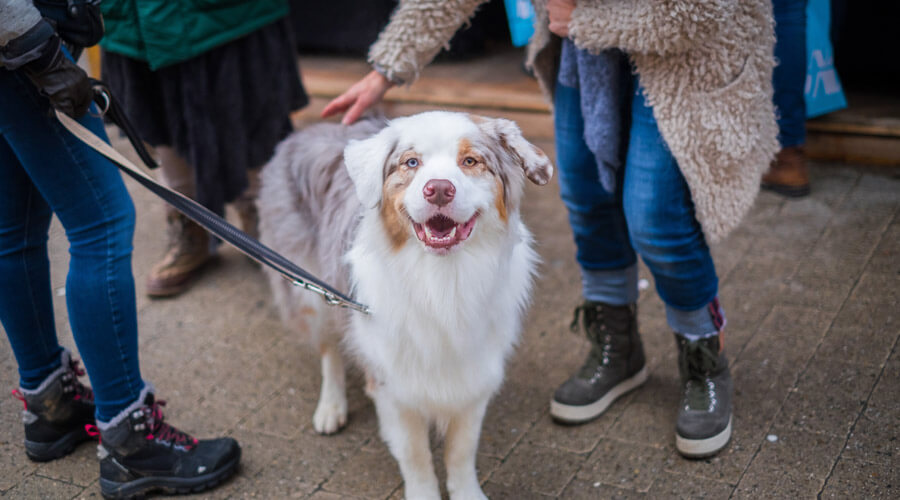
Be prepared to say “no”. Not just to the dog, but to passers-by who ask to pet the animal (if it’s really not appropriate). This actually leads nicely to another issue of pet safety – and that’s socialisation.
As a dog walker it may be your responsibility to ensure your client’s dog is well socialised. But even if it’s not part of your job remit, if you notice signs that indicate the dog is not well socialized, it’s important to raise this with your client. It may be necessary for them to spend some time training their dog, or they may feel the need to employ a professional dog trainer.
Petting and praise can also help keep dogs safe. We all understand that treats and positive attention are an important part of dog training, but these actions can also assist with pet safety.
Not only is it easier to walk a dog whose attention is firmly on you, but also if you need to react quickly, the dog will obey swiftly (if you need to avoid a hazard on the pathway, for example).
When walking a dog, start off slow and pay attention at all times to what’s going on around you. Make sure the dog remains on the leash, unless local council laws allow the dog to be unleashed.
Make sure you’re aware of the weather forecast; you don’t want to get caught in a storm. Similarly, if it’s a particularly hot or cold day, you may need to reduce your walking times.
Be aware of signs of animal distress such as excessive panting, shivering, limping or severe lethargy. If you should notice any of these red flags, stop walking or allow the dog to rest before returning home.
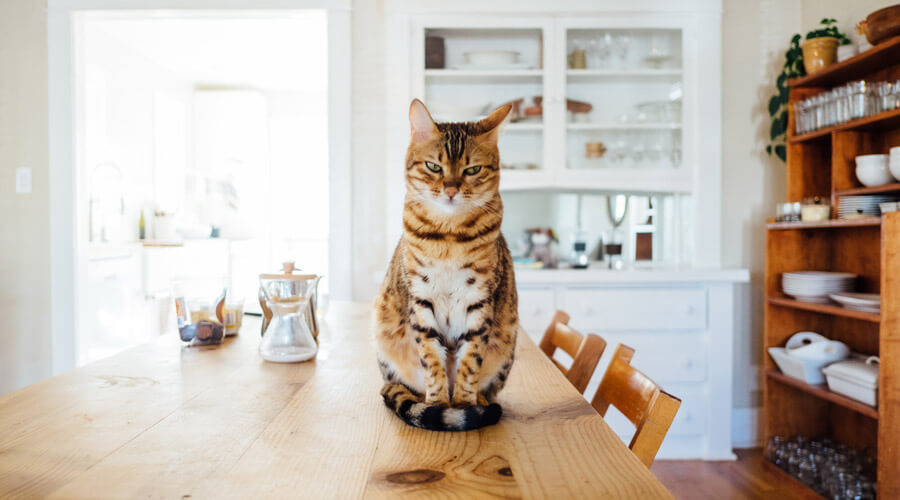
Pet safety tips for pet sitters
Professional pet sitters should be aware of pet-proofing procedures as well as the general principles of pet safety – both in the home and outside.
From poisonous cleaning supplies and electrical cords to toxic plants – there’s a myriad hazards around the home. And while pet owners might not be aware of every potential danger, you’re well placed to spot and educate clients on the key risks.
Ensure the following items are out of pet’s reach:
- Chemical cleaning supplies
- Clothes detergents
- Medicines
- Choking hazards such as buttons, hair ties and pins
- Electrical wires and dangling cords
Another often-overlooked danger is household plants. Common toxic plants include lilies, aloe vera, ivy, azalea and rubber tree plants. Click here for a full list of pet poisons.
While the best way to keep pets safe is to ditch any potentially poisonous plants, you can also move them out of reach or use a bitter spray to deter the animal from chewing the plant.
The final two pet safety action points are important for everyone. Firstly, it’s essential to know some basic pet first aid and secondly, having a disaster plan is vital for keeping pets safe in the event of an emergency.
Latest posts by Liz Walden (see all)
- Pet health: Medicinal cannabis for pets - December 27, 2021
- What pet business insurance do I need? - November 17, 2021
- Pet sitters: how to take time off - November 15, 2021

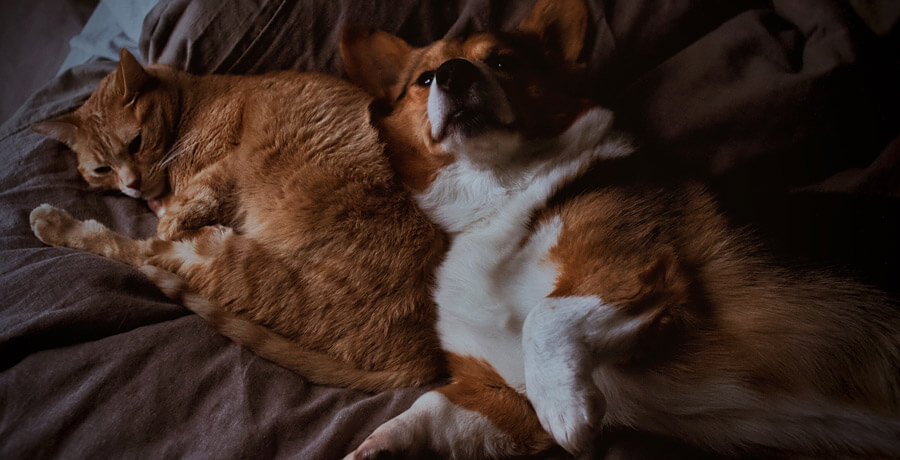








Leave A Comment